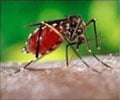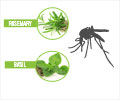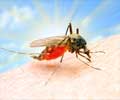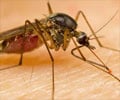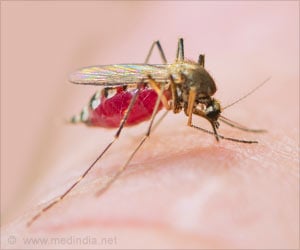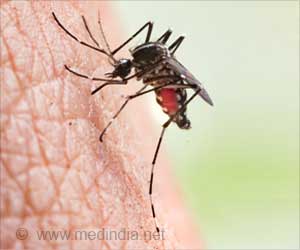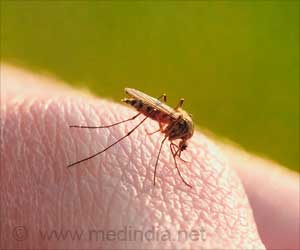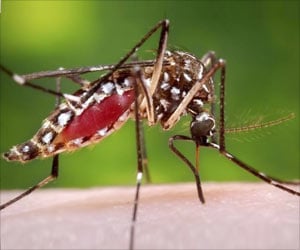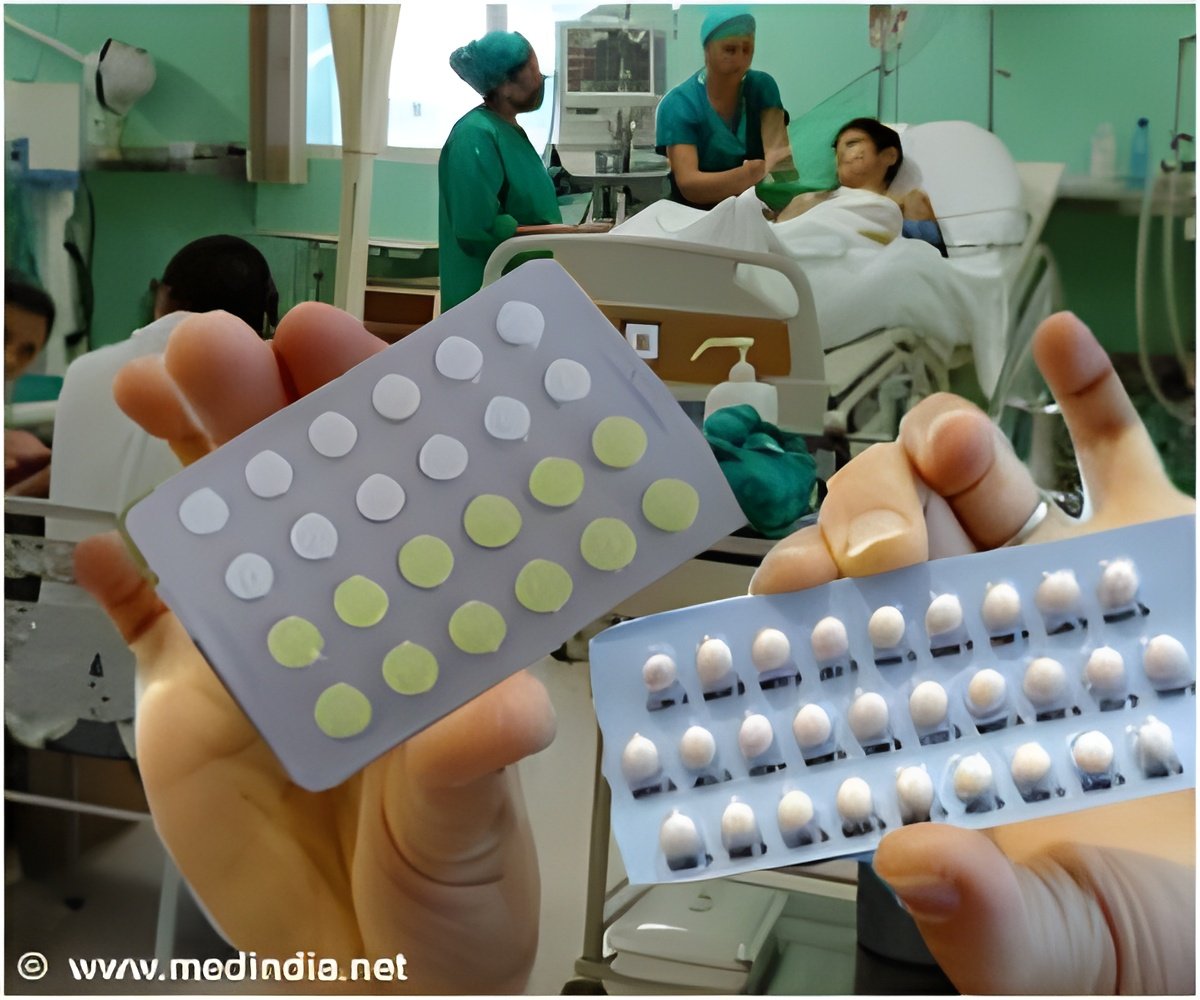
‘Mosquitoes are major vectors for disease all over the world, and there's a lot of interest in non-chemical mosquito bite protection.’
Read More..Tweet it Now
"Mosquitoes are important vectors for disease all over the world, and there's a lot of interest in non-chemical mosquito bite protection," said Robert Hurt, a professor in Brown's School of Engineering and senior author of the paper. "We had been working on fabrics that incorporate graphene as a barrier against toxic chemicals, and we started thinking about what else the approach might be good for. We thought maybe graphene could provide mosquito bite protection as well."Read More..
To find out if it would work, the researchers recruited some brave participants willing to get a few mosquito bites in the name of science. The participants placed their arms in a mosquito-filled enclosure so that only a small patch of their skin was available to the mosquitoes for biting. The mosquitoes were bred in the lab so they could be confirmed to be disease-free.
The researchers compared the number of bites participants received on their bare skin, on skin covered in cheesecloth and on skin covered by graphene oxide (GO) films sheathed in cheesecloth. GO is a graphene derivative that can be made into films large enough for macro-scale applications.
It was readily apparent that graphene was a bite deterrent, the researchers found. When the skin was covered by dry GO films, participants didn't get a single bite, while bare and cheesecloth-covered skin was readily feasted upon. What was surprising, the researchers said, was that the mosquitoes completely changed their behavior in the presence of the graphene-covered arm.
"With the graphene, the mosquitoes weren't even landing on the skin patch -- they just didn't seem to care," said Cintia Castilho, a Ph.D. student at Brown and the study's lead author. "We had assumed that graphene would be a physical barrier to biting, through puncture resistance, but when we saw these experiments, we started to think that it was also a chemical barrier that prevents mosquitoes from sensing that someone is there."
Advertisement
Other experiments showed that GO could also provide puncture resistance -- but not all the time. Using a tiny needle as a stand-in for a mosquito's proboscis, as well as computer simulations of the biting process, the researchers showed that mosquitoes simply couldn't generate enough force to puncture GO. But that only applied when the GO is dry. The simulations found that GO would be vulnerable to puncture when it was saturated with water. And sure enough, experiments showed that mosquitoes could bite through wet GO. However, another form of GO with reduced oxygen content (called rGO) was shown to provide a bite barrier when both wet and dry.
Advertisement
"GO is breathable, meaning you can sweat through it, while rGO isn't," Hurt said. "So our preferred embodiment of this technology would be to find a way to stabilize GO mechanically, so that remains strong when wet. This next step would give us the full benefits of breathability and bite protection."
All told, the researchers say, the study suggests that properly engineered graphene linings could be used to make mosquito protective clothing.
Other co-authors on the study were Dong Li, Muchun Liu, Yue Liu, and Huajian Gao. The study was funded by the National Science Foundation (CMMI-1634492)
Source-Eurekalert

